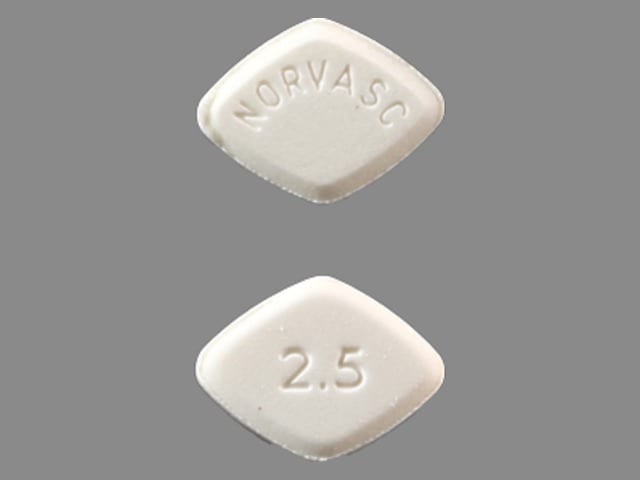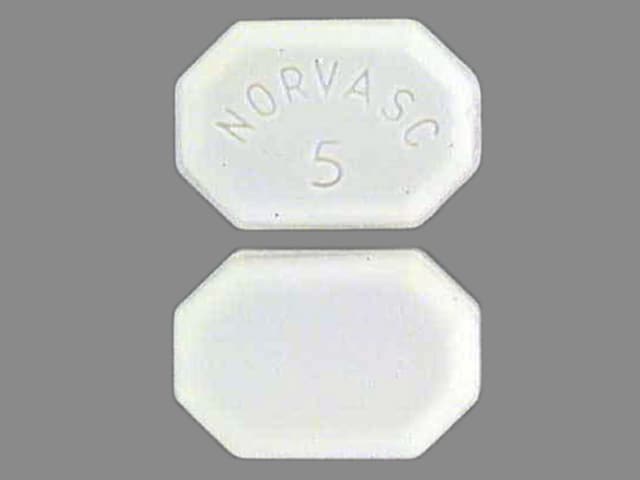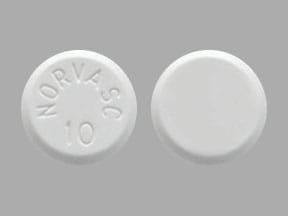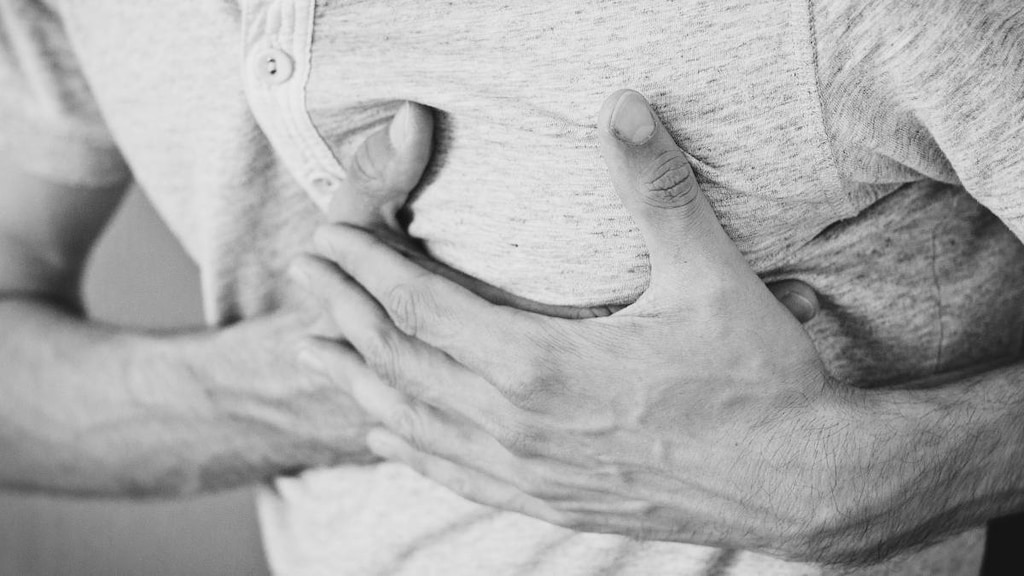What is Norvasc?
Norvasc is a type of medicine known as a calcium channel blocker (CCB). It is used to treat high blood pressure (hypertension) and a type of chest pain called angina. It can be used by itself or with other medicines to treat these conditions.
High Blood Pressure (hypertension)
High blood pressure comes from blood pushing too hard against your blood vessels. Norvasc relaxes your blood vessels, which lets your blood flow more easily and helps lower your blood pressure. Drugs that lower blood pressure lower your risk of having a stroke or heart attack.
Angina
Angina is a pain or discomfort that keeps coming back when part of your heart does not get enough blood. Angina feels like a pressing or squeezing pain, usually in your chest under the breastbone. Sometimes you can feel it in your shoulders, arms, neck, jaws, or back. Norvasc can relieve this pain.
Who should not use Norvasc?
Do not use Norvasc if you are allergic to amlodipine (the active ingredient in Norvasc), or to the inactive ingredients. See below for a list of ingredients in Norvasc.
What should I tell my healthcare provider before taking Norvasc?
Tell your doctor about any prescription and non-prescription medicines you are taking, including natural or herbal remedies.
Tell your doctor if you:
- ever had heart disease
- ever had liver problems
- are pregnant, or plan to become pregnant. Your doctor will decide if Norvasc is the best treatment for you.
- are breast-feeding. Norvasc passes into your milk.
How should I take Norvasc?
- Take Norvasc once a day, with or without food.
- It may be easier to take your dose if you do it at the same time every day, such as with breakfast or dinner, or at bedtime. Do not take more than one dose of Norvasc at a time.
- If you miss a dose, take it as soon as you remember. Do not take Norvasc if it has been more than 12 hours since you missed your last dose. Wait and take the next dose at your regular time.
- Other medicines: You can use nitroglycerin and Norvasc together. If you take nitroglycerin for angina, don't stop taking it while you are taking Norvasc.
- While you are taking Norvasc, do not stop taking your other prescription medicines, including any other blood pressure medicines, without talking to your doctor.
- If you took too much Norvasc, call your doctor or Poison Control Center, or go to the nearest hospital emergency room right away.
What should I avoid while taking Norvasc?
- Do not start any new prescription or non-prescription medicines or supplements, unless you check with your doctor first.
What are the possible side effects of Norvasc?
Norvasc may cause the following side effects. Most side effects are mild or moderate:
- swelling of your legs or ankles
- tiredness, extreme sleepiness
- stomach pain,
- nausea
- dizziness
- flushing (hot or warm feeling in your face)
- arrhythmia (irregular heartbeat)
- heart palpitations (very fast heartbeat)
- muscle rigidity, tremor and/or abnormal muscle movement
It is rare, but when you first start taking Norvasc or increase your dose, you may have a heart attack or your angina may get worse. If that happens, call your doctor right away or go directly to a hospital emergency room.
Tell your doctor if you are concerned about any side effects you experience. These are not all the possible side effects of Norvasc. For a complete list, ask your doctor or pharmacist.
Norvasc Images
Drug Interactions
A total of 539 medications are known to interact with Norvasc. Use the Interactions Checker Tool.
Common Interactions Checks
General information about the safe and effective use of Norvasc
Sometimes, doctors will prescribe a medicine for a condition that is not written in the patient information leaflets. Only use Norvasc the way your doctor told you to. Do not give Norvasc to other people, even if they have the same symptoms you have. It may harm them.
You can ask your pharmacist or doctor for information about Norvasc, or you can visit the Pfizer website at www.pfizer.com or call 1-800-438-1985.
How do I store Norvasc?
- Store Norvasc at room temperature (between 59° and 86°F)
- Keep Norvasc out of the light
- Do not store in the bathroom
- Keep Norvasc in a dry place
- Keep Norvasc away from children
What are the ingredients in Norvasc?
Active ingredient: amlodipine besylate
Inactive ingredients: microcrystalline cellulose, anhydrous dibasic calcium phosphate, sodium starch glycolate type a potato, magnesium stearate







